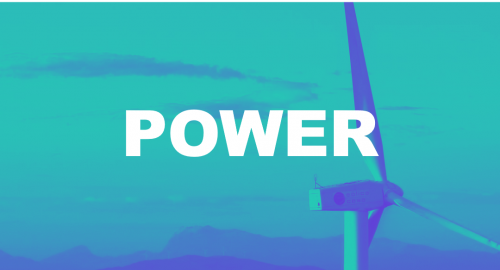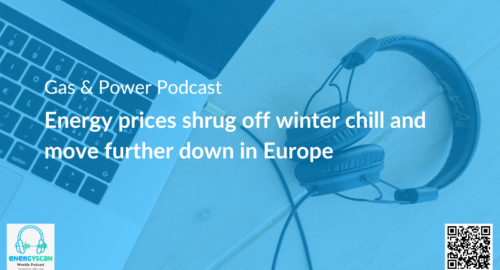Carbon prices eased amid weaker energy complex and milder weather prospects
The power spot prices climbed above 70€/MWh in Northwestern Europe yesterday, buoyed by the forecasts of below average temperatures and weak wind production. Prices reached…



European gas prices increased yesterday, supported by the additional measures taken by Germany to tackle the gas crisis. Indeed, Germany has declared an “alert” notice, the second of the three stages of the emergency plan, which allows suppliers in theory to pass on higher costs to consumers to limit gas demand. Moreover, the country approved a loan of €15 billion to the gas market manager THE to buy gas to put into storage in order to reach a fullness rate of 90% by 1 November 2022 for each storage facility.
On the pipeline supply side, Russian flows remained stable yesterday at 104 mm cm/day on average. On their side, Norwegian flows were lower, averaging 298 mm cm/day, compared to 306 mm cm/day on Wednesday, due to an unplanned outage at the Ormen Lange field.
At the close, NBP ICE July 2022 prices increased by 3.220 p/th (+1.75%), to 186.840 p/th, equivalent to €74.278/MWh. TTF ICE July 2022 prices were up by €6.176 (+4.86%), closing at €133.347/MWh. On the far curve, TTF ICE Cal 2023 prices increased by €3.710 (+3.89%), closing at €99.182/MWh.
In Asia, JKM spot prices increased by 2.76%, to €120.773/MWh; August 2022 prices increased by 0.05%, to €120.397/MWh.
The Germany’s emergency measures sent a bullish signal to the market, leading TTF 1st nearby prices to move to the upper part of the range set by the 20-day High and the 5-day High. But there was probably overreaction. With ongoing strong LNG supply, stable Russian supply, Norwegian flows up this morning (to 311 mm cm/day on average), a return to the lower part of this range is likely.